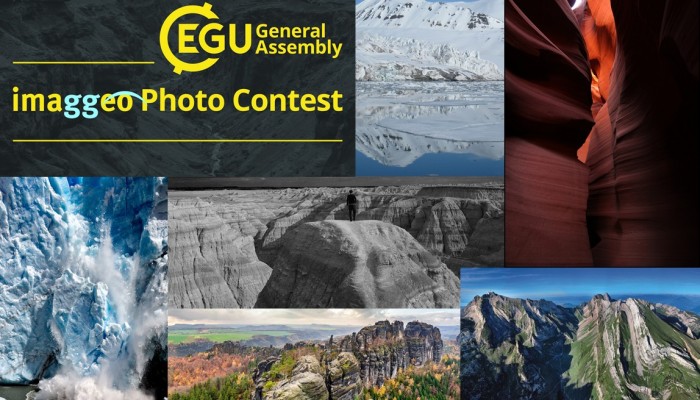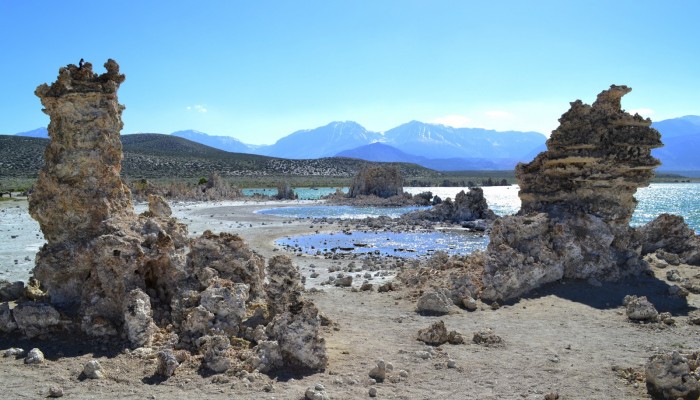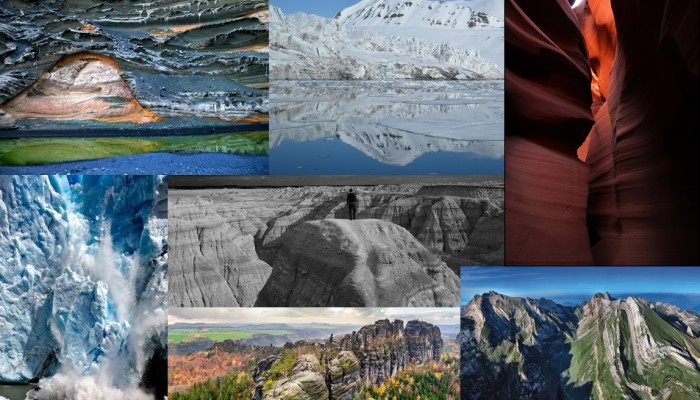If you are pre-registered for the 2016 General Assembly (Vienna, 17 -22 April), you can take part in our annual photo competition! Winners receive a free registration to next year’s General Assembly! But hurry, there are only a few days left to enter! Every year we hold a photo competition and exhibit in association with our open access image repository, Imaggeo and our annual General Assembly. Th ...[Read More]
Last chance to enter the EGU Photo Contest 2016!



